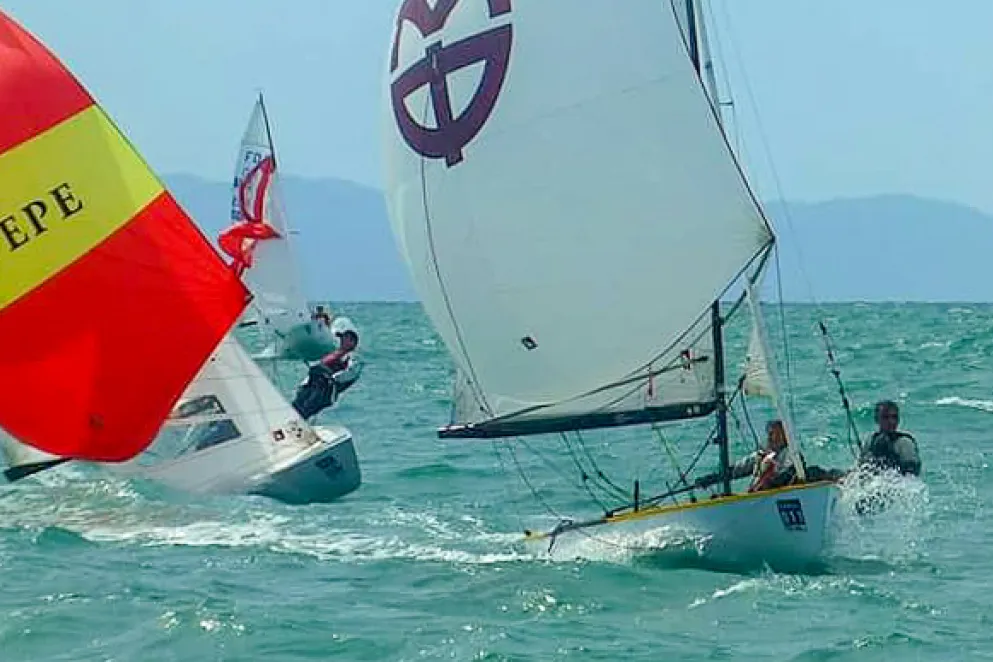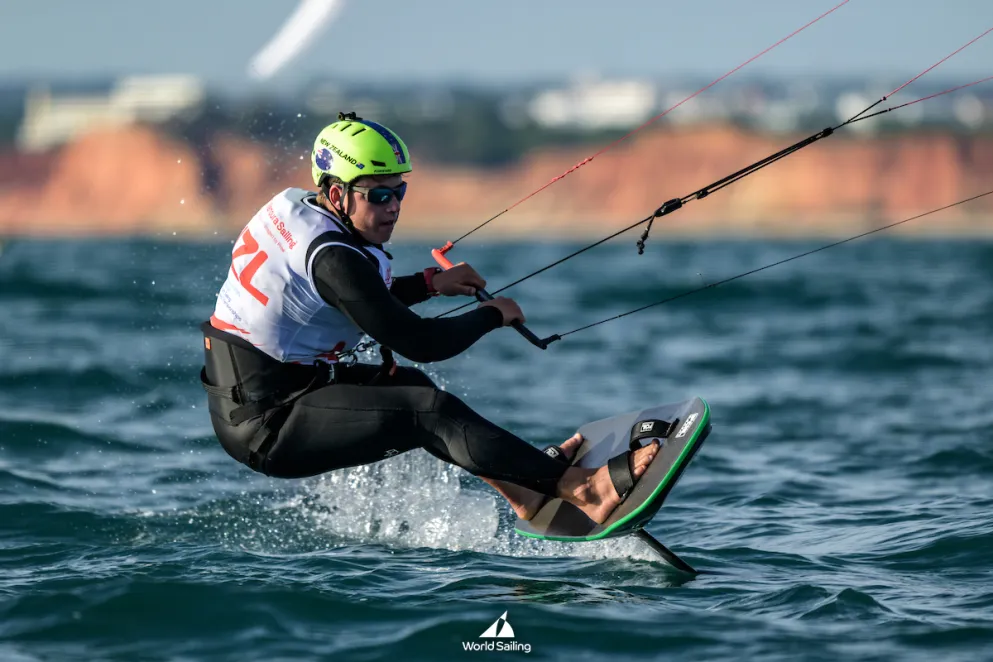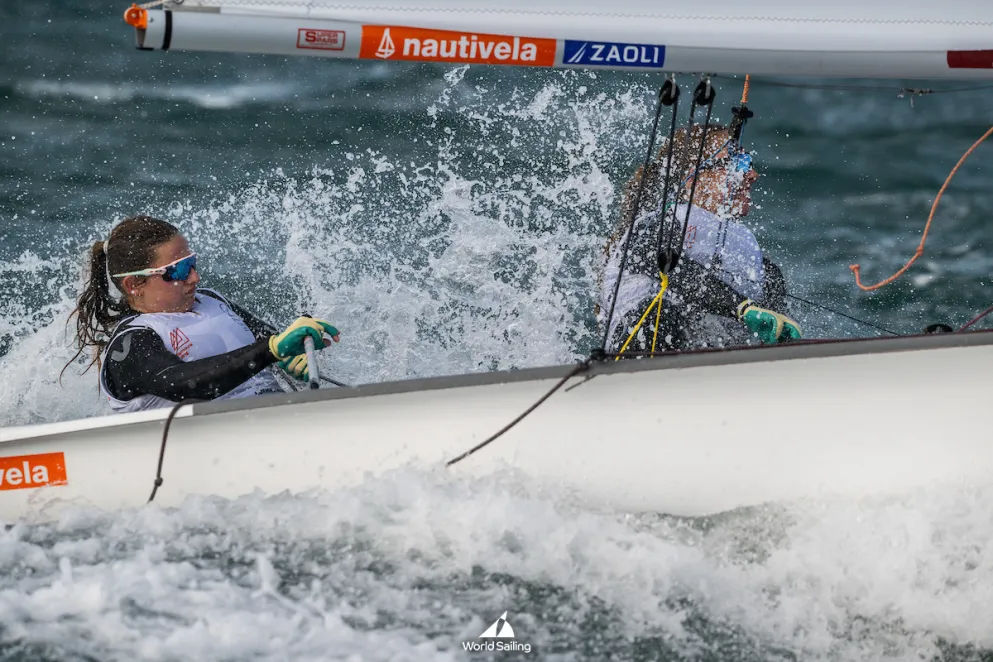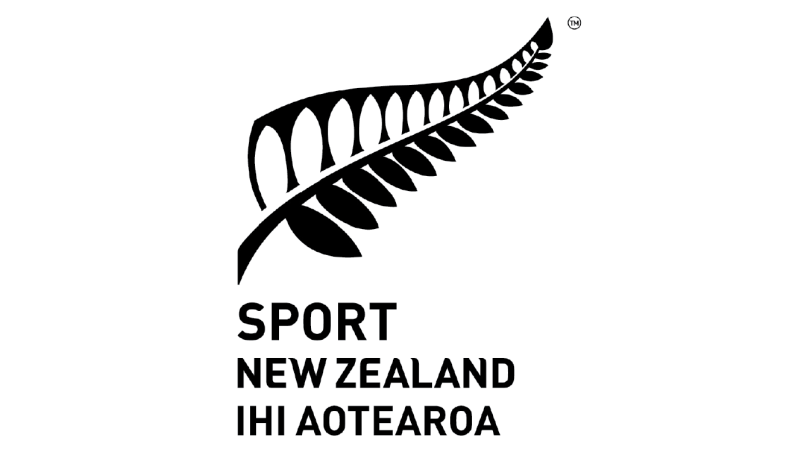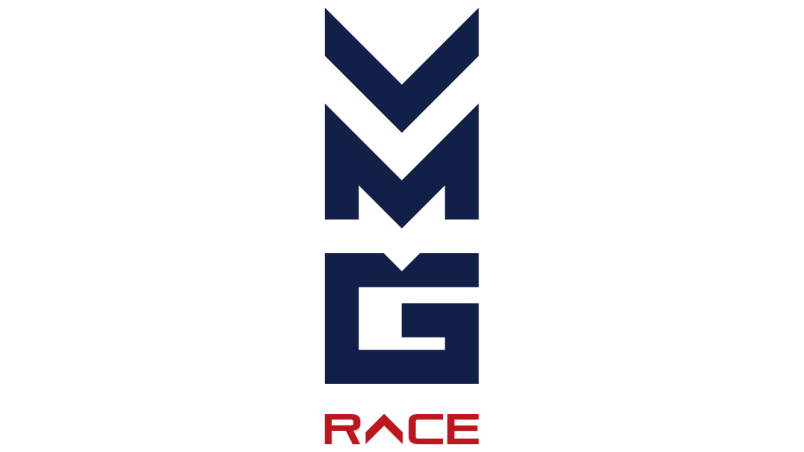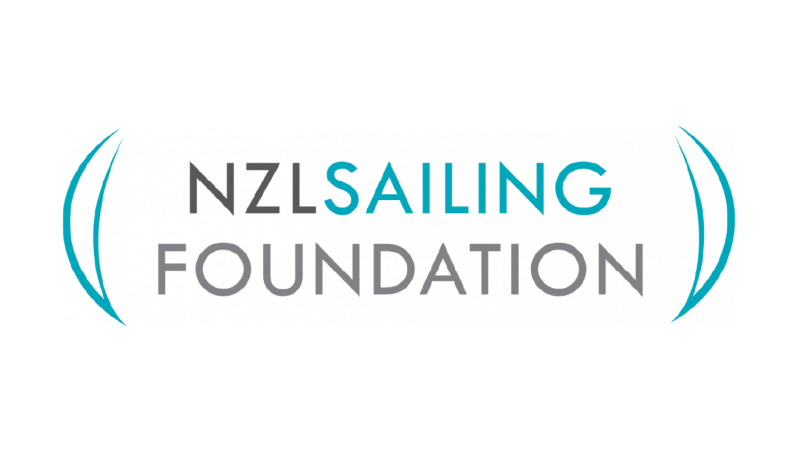Nelson hosts first world champs of any class
It's been 377 years since Abel Tasman brought his ships for a fleeting visit to the top of the south. This week, another fleet of Dutch origin descended on the region, writes Tim O'Connell of stuff.co.nz.
Hosted by the Nelson Yacht Club, the 2019 Flying Dutchman World Championships got underway on Saturday on Tasman Bay, with crews from 10 nations contesting nine races between February 16-21.
While the world championships have been previously held in Tauranga and Napier, it was the first time a world championship in any class had been held in Nelson.
The regatta was preceded by the 2018/19 New Zealand Open National Championships, with many overseas entries taking the opportunity to accustom themselves to the Tasman Bay conditions.
Texas-based Australian Kim Macdonald, racing for the United States with his helmsman Lin Robson, said the local conditions had so far impressed him.
"It's unbelievable water," he said. "I hope you guys have more world champs after this. Just having this phenomenal piece of water to sail on and no one else getting in your way, Sydney Harbour a couple of years ago was just terrifying."
The Flying Dutchman class, originating in the Netherlands in the 1950s, is a two-person, high performance, 6m-long racing dinghy.
It was the two-handed Olympic class from 1960 to 1992 and New Zealand achieved some success, winning gold in the class at the 1964 Games.
The boats are very technical, requiring constant and careful setting adjustments to maximise performance. They are essentially over powered in all but the lightest of breezes and adjusting for wind strength is critical for maximising their speed.
Due to the range of adjustments on the boat they are suitable for a large range of skipper and crew weight and physique.
Macdonald said the nature of Flying Dutchman class racing flew in the face of yachting's perception as a rich man's sport, personified by idienties like Oracle owner Larry Ellison. In fact, Macdonald's only link to the technology magnate was his day job in IT.
"There are no millionaires in this fleet ... well, at least I'm not.
"This is the Formula 1 of the old style of sailing, if you will, with more adjustments than a lot of other boats made before it. The great thing with Nelson is you've got a lot of different breezes that you can pick from."
Eleven-time world champions Szabolcs Majthenyi and András Domokos of Hungary, considered to be the outstanding team of the post Olympic Flying Dutchman era, held a four-point lead over Germany's Kay-Uwe Ludtke and Kai Schafers after three days of racing, with the Dutch pairing of Enno Kramer and Ard Geelkerken a further three points back in third. Two more days of racing are scheduled.
The New Zealand contingent featured defending national champions Andrew McKee and David Hislop, along with Nelson combinations David Gibb and Nick McBride as well as Bruce Lissant-Clayton and John Booth.
Nelson also provided the regatta's youngest competitors in Waimea College duo Macgregor Jones and Luis Schneider, both 15.
For Jones, who has spent most of his six years sailing in 420 boats, the pre-worlds event provided valuable time to get used to the size and speed of the new class.
"It's a huge step up; there's certainly a lot more power," he said. "Our weight combination is a bit light but we cope.
"There's definitely a lot more ropes, too, which makes it harder in a way but somewhat easier at the same time. With our spinnaker on the 420 we have to pack it and pull it out ourselves. Here you pull a rope and out it goes."
Undaunted by the big occasion and having only sailed twice in their KZ99 FD boat, Jones was hoping local knowledge and light winds would be useful in his quest to finish well.
The racing in Tasman Bay was past the tideline of Rabbit Island, beyond Fairway Beacon.
